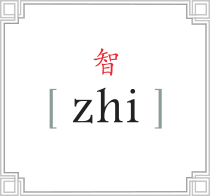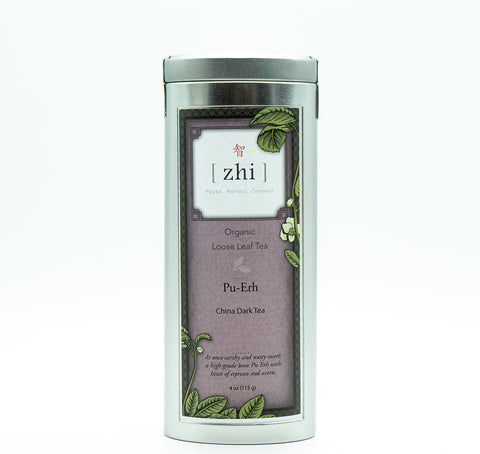Pu-erh Ripe (Shou)
Ingredients: 100% Organic dark loose tea leaves
An outstanding and authentic 2012 ripe (shou) loose leaf Yunnan Pu-erh. Pu-erh is rapidly becoming one of the most sought after teas in China after spending centuries shrouded in obscurity.
Vintage cake pu-erh can sell for more than the price of a car! This exceptional pu-erh is a dark black medium leaf that when infused creates a deep reddish-brown liquor. At once earthy and nutty-sweet, this pu-erh is much more complex than most. Hints of espresso and acorn. Many steepings with this one.
The health benefits of pu-erh are numerous and profound.
2.0 oz Pouch $12.95 - 30 servings 43¢ per cup | 4.2 oz Tin $26.95 - 63 servings 43¢ per cup
Call us at 888-944-4832 for rare pu-erh cakes and tuo cha.
AKA Puer, Puerh
Hint: Shorter steep time for more sweetness.
Gaiwan or Yi Xing Pot: (recommended)
Put about 5g or 2 tsp buds into heated vessel;
Pour 200 degree water into vessel. Brew for 20 seconds for the first brewing, 10 for second, add about five seconds for each subsequent brewing.
Western Style:
One heaping tsp per 12 oz cup, or one Tbsp per 24 oz pot
205 degree water
Steep for 2-3 minutes or to taste. Should be steeped multiple times
Discover the mysterious tea with the unique flavor and numerous health benefits.
Highly recommended to experiment with the steeping times with this lovely loose-leaf Pu-erh. A short steeping time (~2 min) reveals a lovely complexity that is often lost in longer steep times.
Traditionally Pu-erh is steeped for very short times (with larger volumes of leaves) and up to 10 steepings is common!
See what works for you...Explore the world of Pu-erh.
Pu-erh is one of the oldest types of tea in China with a history of over 1700 years, tracing back to the Eastern Han Dynasty. During its height of popularity, the tea was freely traded even used as money for the bartering of goods. Pu-erh gets its name from the city of Pu-erh in south-western China where the trade for Pu-erh was conducted. Not far from Pu-erh are the areas of Xishuangbanna and Simou, where cultivation and processing of the tea is carried out today.
Unlike other teas, the processing of pu-erh is carefully guarded. In the past, trespassers mistaken as spies on pu-erh tea farms were known to be killed. To this day, the secrets of processing pu-erh remains ruthlessly guarded and it is only in China where genuine Pu-erh tea can be produced. The most basic processing methods include roasting the leaves right after they’re picked. After being roasted, theleaves are sun-dried before being steamed slightly and allowed to ferment. Some pu-erh manufacturers ferment the tea twice, making the flavor more intense.
Pu-erh tea is well-known for its ability to undergo a post-fermentation process designed for further aging, similar to wine. The aging process allows the tea to develop added complexity in character. With active microbes living within the tea, pu-erh evolves with each passing year. This is the most fermented tea in China. It is traditionally compressed and packed into tea cakes or bricks to age, which originated from the natural aging process that happened in the storerooms of tea drinkers and merchants, as well as on horseback caravans on the Silk Road. This method eased horseback transportation and reduced the damage to the tea.







